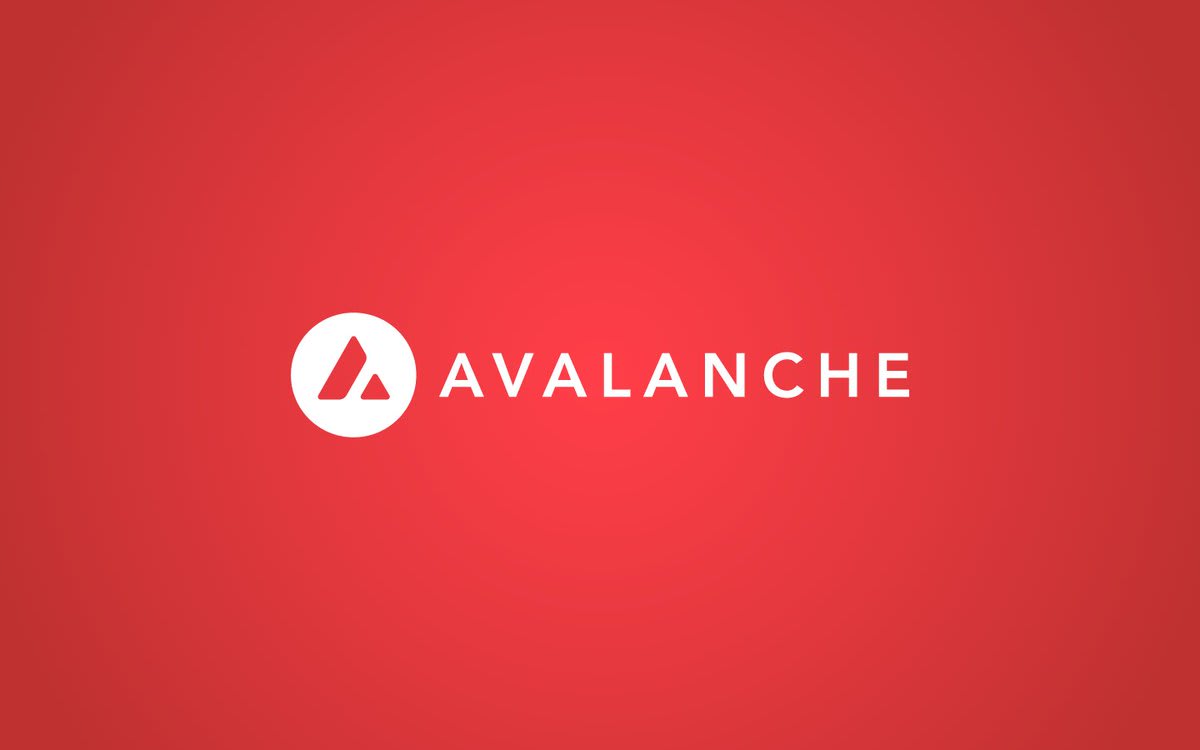Avalanche Dex Tools
📚 Introduction
Avalanche is a decentralized platform that aims to provide a highly scalable and secure network for the deployment of decentralized applications (dApps) and the issuance of digital assets. It was launched in September 2020 and is based on a novel consensus protocol called Avalanche consensus.
Avalanche's unique features include:
-
Avalanche consensus: This consensus protocol is designed to be highly scalable, fast, and energy-efficient. It uses a new approach called "sub-sampling" to achieve consensus quickly, even in large networks with thousands of nodes.
-
Subnets: Avalanche allows for the creation of subnets, which are smaller networks within the larger Avalanche network. Each subnet can have its own set of validators, rules, and governance structure. This allows for greater flexibility and customization for different use cases.
-
Customizable virtual machines: Avalanche supports multiple virtual machines (VMs), including Ethereum's EVM and the X-Chain VM. Developers can also create their own custom VMs using the Avalanche SDK.
-
Interoperability: Avalanche is designed to be interoperable with other blockchain networks, allowing for seamless transfer of assets between different networks.
-
Low transaction fees: Due to its high scalability and energy efficiency, Avalanche has very low transaction fees compared to other blockchain networks.
-
Governance: The Avalanche network is governed by its community through a system of on-chain governance proposals and voting.
Overall, Avalanche aims to provide a highly scalable and secure platform for the deployment of decentralized applications and the issuance of digital assets while maintaining low transaction fees and high levels of interoperability with other blockchain networks. Its unique features such as subnets, customizable VMs, and on-chain governance make it an attractive option for developers looking to build decentralized applications on a robust blockchain network.

🧠 Purposes of Dashboard
Flipside keeps shipping and this past week they shipped a dex swaps table (avalanche.core.ez_dex_swaps). This DEX swap table includes swaps from Trader Joe, WOOFi, GMX, Kyber(both classic and elastic), Platypus, Pangolin, Frax, Sushi, Curve, hashflow, Uniswap(Soon), and Balancer(soon).
I Created a dashboard that utilizes this new table. In this dashboard, you can see the following information:
1️⃣ Popular Asset Monitor- Monitors the most popular and rising assets being traded into across Avalanche DEXes. Looks at the number of users trading the assets and at what volume.
2️⃣ Popular LP Monitor- Monitors popular trading pairs and LP pools and calculates the pools with the largest volume of trading.
3️⃣ Popular DEX Monitor- looks at the USD volume of DEXes to help the ecosystem determine which DEXes are the most popular Token Swaps History Explorer: A tool that allows users to explore and analyze their transaction history of token swaps on decentralized exchanges.
🧱 Methodology and Description
As mentioned, the avalanche.core.ez_dex_swaps table is used to extract data in this dashboard. The readers of this dashboard can see the results in their desired time period, it is enough to specify the beginning and end of the time period using the Start_date and End_date fields. On the other hand, readers can see all the results in monthly, weekly and daily format. In the final part of this dashboard, it is possible for the readers to monitor the user's performance as a trader in various DEXes by placing their desired address in the Custom_User section.
🔴 By default, all the results are displayed in the period from April 2021 to May 2023 and in a monthly format.
🔴 What are the advantages of decentralized exchanges(DEXes) compared to centralized exchanges(CEXes)❓
-
Security: DEXes are more secure than CEXes because they don't store users' funds in a central location. Instead, users have control over their private keys and can keep their funds in their own wallets.
-
Privacy: DEXes offer more privacy than CEXes because they don't require users to provide personal information or go through a KYC process.
-
Transparency: DEXes are more transparent than CEXes because all transactions are recorded on a public blockchain that can be audited by anyone.
-
No single point of failure: DEXes don't have a single point of failure like CEXes do. If a CEX is hacked or goes offline, users' funds can be lost or inaccessible.
-
No censorship: DEXes allow for the trading of any asset without censorship or restrictions, unlike CEXes that may limit certain assets based on regulatory requirements or other factors.
-
Lower fees: DEXes typically have lower fees than CEXes because they don't require the same infrastructure and overhead costs.